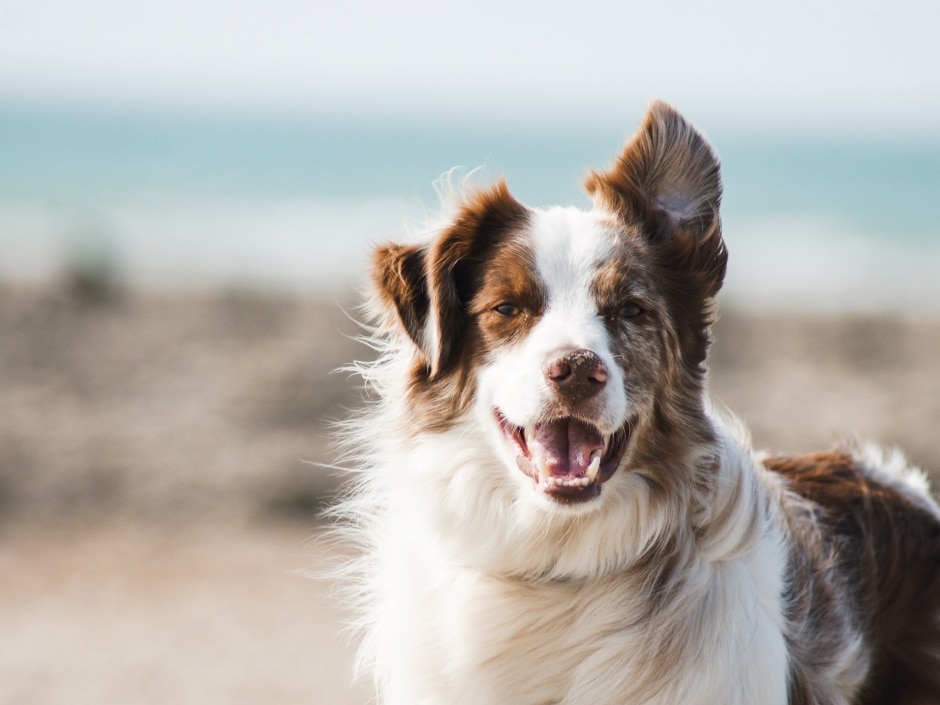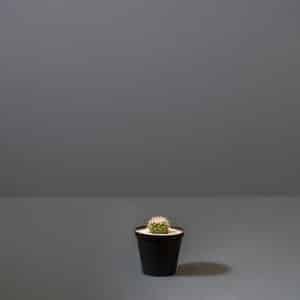Simple steps for a happy hound
DIY and how-to

Simple steps for a happy hound
When you bring a dog into your family, you take on a serious responsibility. This creature will depend on you for food, shelter and love. You’ll also be responsible for ensuring the dog is as healthy as it can be throughout its lifetime.
- Dog food – It can be tempting to buy what’s on sale each time you shop for food, but this isn’t recommended. Your dog’s digestive system can be upset by constantly changing its food. Start with good, high-quality food, and if your dog seems to like and tolerate it, stick with it.
- Diet – A general guideline is to feed your dog 1½ cups of food for every 10kg of his ideal weight. For example, if your dog’s ideal weight is 30kg, then you should feed him 4½ cups of food per day. Don’t feed him according to his actual weight. If he is overweight, you would be feeding him too much, and if he is underweight, you would be feeding him too little. When you give him snacks, try to make them as lean and healthy as possible. And no chocolate! This sweet treat can be deadly for dogs.
- Exercise – Your dog needs exercise just like you do. Even if you’re not too good about keeping up with your own fitness programme, try to make sure your dog keeps up with his. You can kill two birds with one stone by walking your dog every day (both of you will get exercise). Do whatever you can to ensure your dog gets enough activity every day.
- Immunisations – Make absolutely sure your dog gets his immunisation shots when he needs them. They aren’t expensive, and you could save yourself a lot of grief down the road.
- Check-ups – Take your dog to the vet at least once a year for a full physical examination. Though some medical problems can’t be predicted, a yearly physical can often alert you to possible problems.
- Safety – Your dog needs to be protected from the outside world. Ensure he is on a leash when he goes out or in a secure yard. If your dog isn’t used to being around small children, only let him be around them under close supervision, if at all.
- Spay or Neuter – Unless you’re a registered breeder, spay or neuter your dog before he or she produces offspring. Not only is this the responsible thing to do, it’s also healthier for your dog. Dogs not spayed or neutered are more likely to try to run away. Male dogs are more likely to fight and be aggressive.
- Training – Yes, training can be healthy for your dog, both mentally and physically. If your dog is trained in basic commands, such as ‘sit’, ‘stay’, and ‘come’’ he is less likely to get into trouble or dangerous situations.
- His own place – Make sure your dog has an area where he can play and rest undisturbed. Though dogs are pack animals and prefer to be close to their families, they still like having a spot that’s theirs — a dog bed under a counter, a kennel in the backyard, and a special blanket. When your dog is in his special place, make sure he is left alone to rest. Enough rest is as important for your dog’s health as yours.
- Love – Loving your dog is good for him. Play with him, hug him, talk to him — he’ll enjoy the attention and be calmer and more self-assured.
You might also like
Shop online
-
- Sale!
SAVOUR EXIGENT 4KG
- Original price was: R788.99.R709.99Current price is: R709.99.
- Add to cart Learn More




